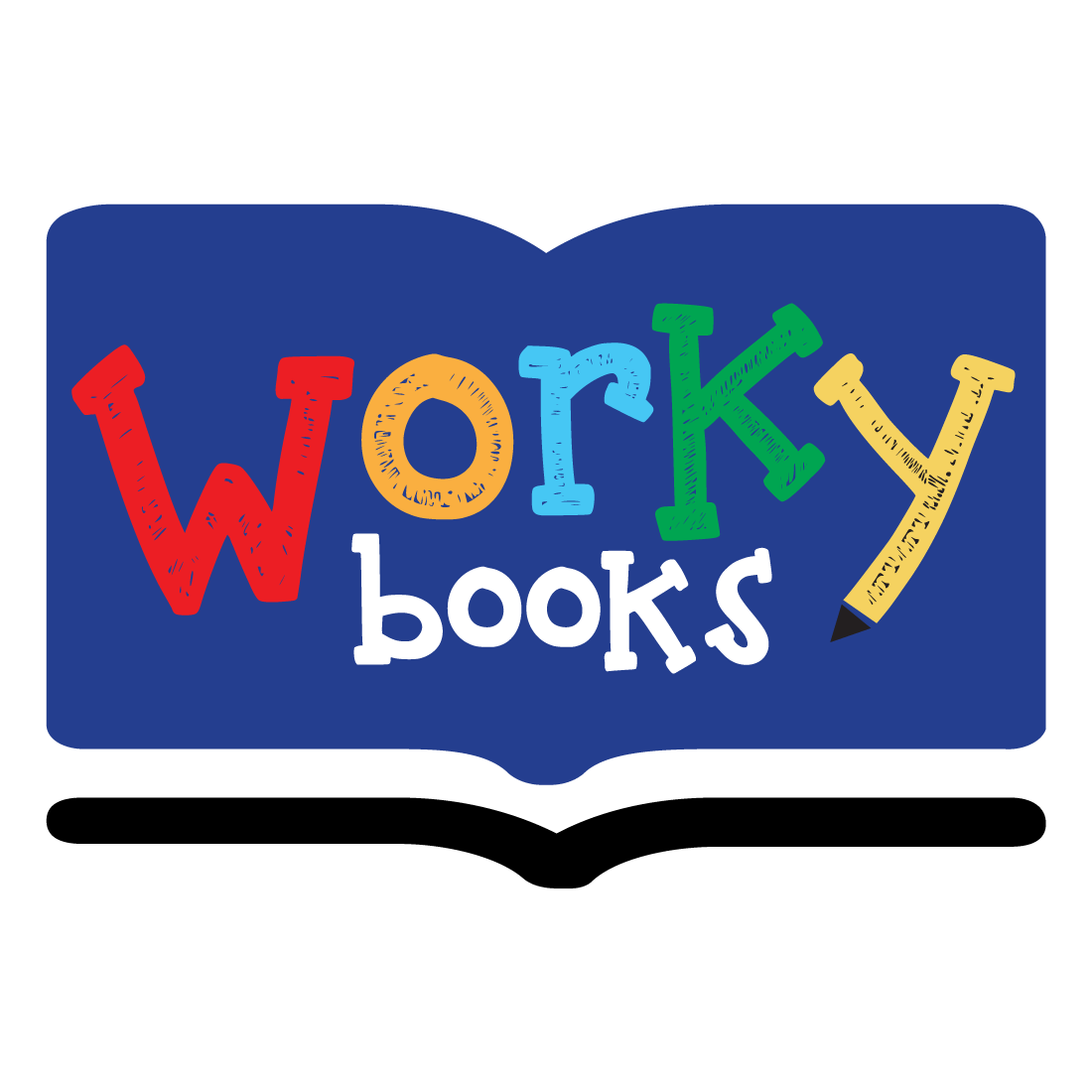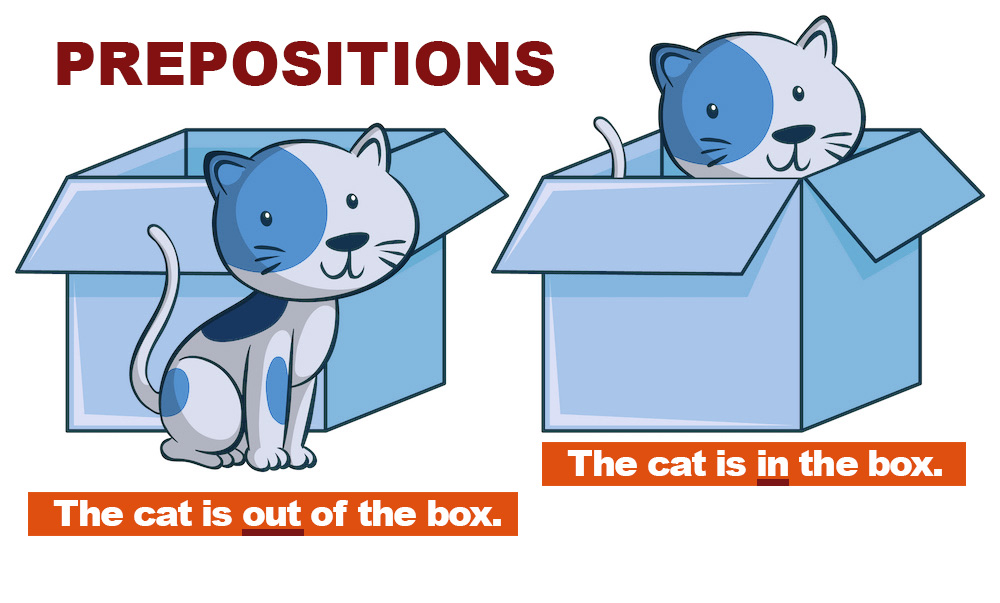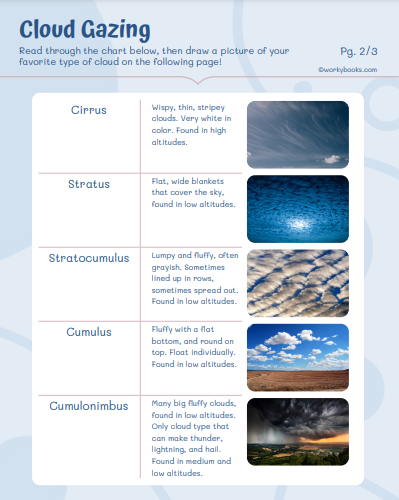How to Write a Narrative Essay?
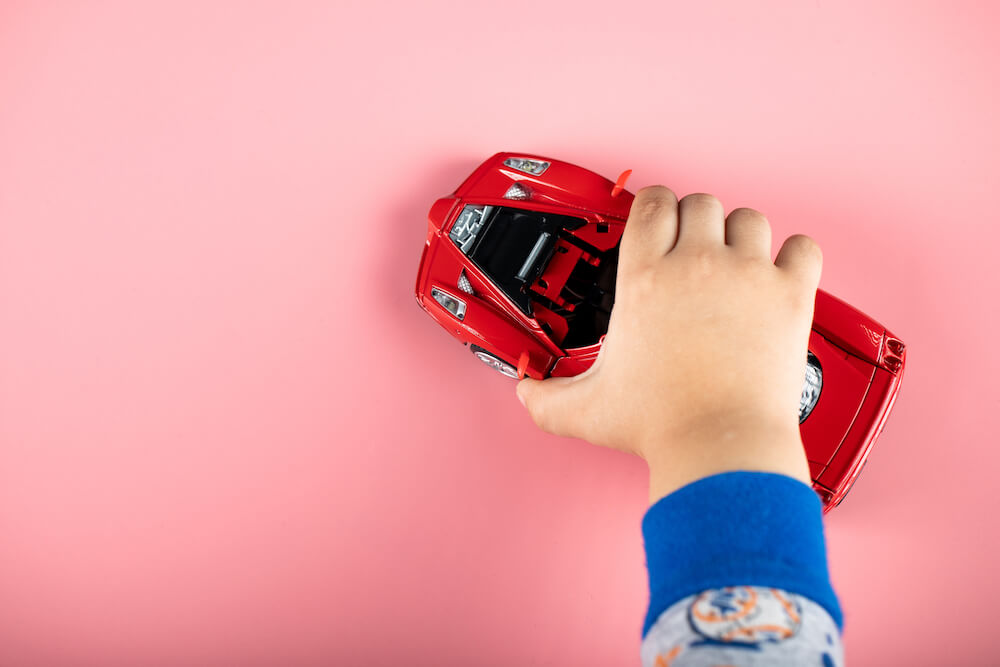
Narrative essay writing is a form of storytelling where the writer shares a personal experience, incident, or series of events in a creative and engaging manner. The primary goal of a narrative essay is to convey a story that captivates the reader, evokes emotions, and provides insights or lessons learned from the experience.
What are the 5 Steps of a Narrative Essay?
A strong start to your narrative essay is crucial for grabbing the reader’s attention and setting the stage for your story. Here are some techniques for starting a narrative essay.
Step 1. Hook the Reader:
- Action: Start with a burst of action that throws the reader right into the heart of the story.
- Dialogue: Open with a snippet of intriguing dialogue that sparks curiosity about the characters and situation.
Step 2. Introduce the Characters
Introduce the reader to the main characters of the plot.
Step 3 . Establish Setting and Context:
Give the reader a sense of time and place without getting bogged down in excessive details.
Step 4. Introduce the Conflict:
- Briefly elaborate on the central conflict of your story. What challenge will your protagonist face?
Step 5. Use of Words in Narrative Writing
Sensory words and phrases play a crucial role in writing a narrative essay as they help to create vivid mental images and engage the reader’s senses. By using sensory details, writers can make their stories more immersive and realistic, allowing the reader to experience the events and emotions as if they were there.
- Brainstorm Sensory Details: Jot down sights, sounds, smells, tastes, and textures associated with your experience to help bring your story to life.
- Recall Dialogue: If relevant, try to remember specific conversations or quotes that can add authenticity and depth to your narrative.
- Reflect on Emotions: Consider the emotions you experienced during the event and how they evolved throughout the story.
- List Key Events: Outline the main events that took place, ensuring they contribute to the overall message or lesson you want to convey.
3 Parts of Write a Narrative Essay
1. Beginning Paragraph:
- Hook the reader as stated above: Start with an engaging opening line that captures the reader’s attention and sets the tone for your story.
- Provide context: Give brief background information about the setting, characters, or situation to help the reader understand the context of your narrative.
- Introduce the main conflict or theme: Hint at the central conflict or theme that will be explored throughout your essay, creating a sense of anticipation.
2. Middle Paragraphs:
- Develop the plot: Use the middle paragraphs to develop the main events of your story, leading up to the climax or turning point.
- Show, don’t tell: Use descriptive language and sensory details to bring your story to life, allowing the reader to experience the events alongside you.
- Incorporate dialogue: If applicable, include dialogue to reveal the characters’ personalities, emotions, and relationships.
- Build tension: Create a sense of tension or suspense as you approach the climax of your story, keeping the reader engaged.
3. Ending Paragraph:
- Reveal the resolution: Provide a satisfying conclusion to your story, resolving the main conflict or highlighting the lesson learned.
- Reflect on the significance: Share your personal thoughts and reflections on the experience, discussing how it has impacted your life or changed your perspective.
- Tie back to the beginning: Connect your ending to the beginning of your essay, creating a sense of completeness and coherence.
- Leave a lasting impression: End with a strong, memorable statement or image that lingers in the reader’s mind and reinforces the overall message of your narrative.
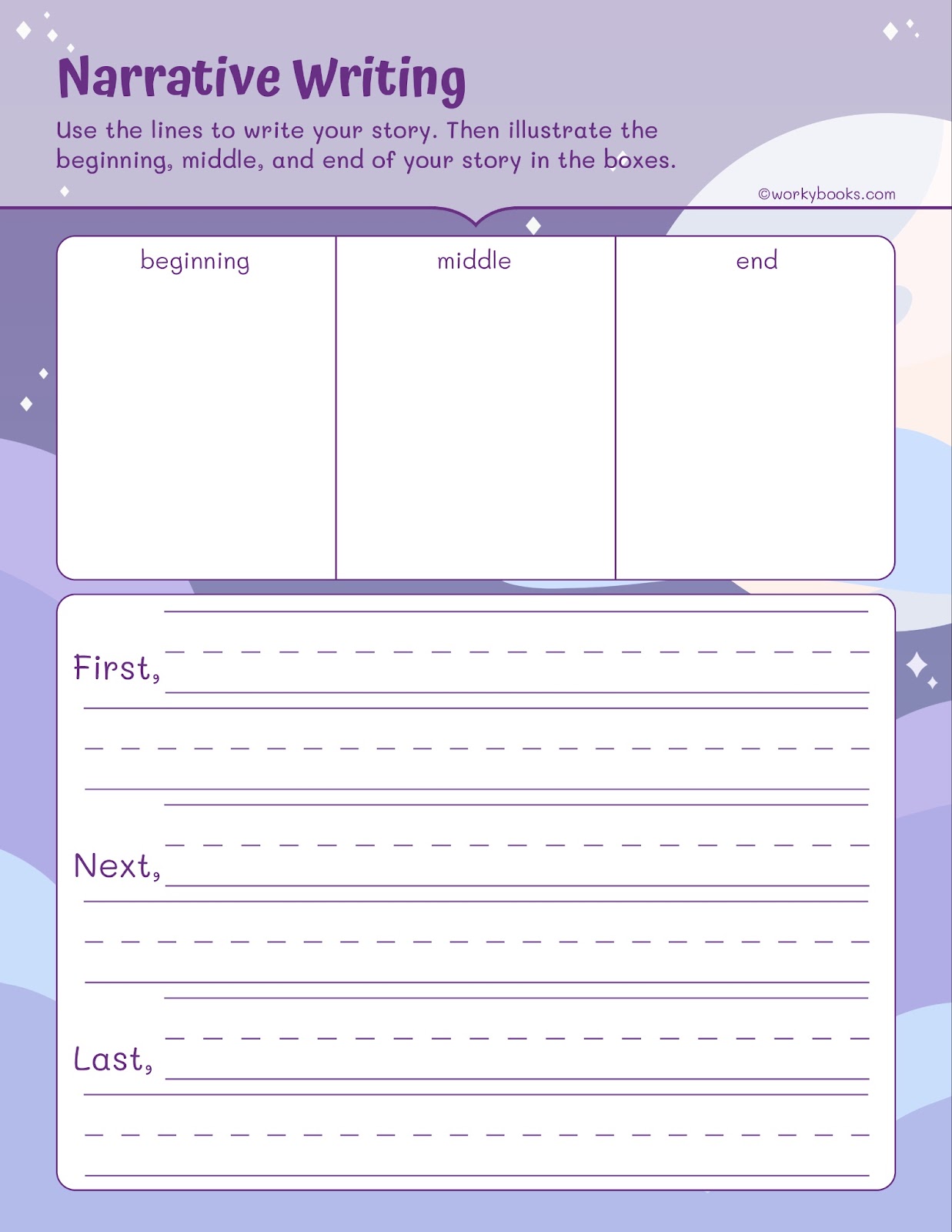
Narrative Essay Writing Example
The narrative essay effectively incorporates the elements to create a simple yet engaging story. The focus is on a single event of losing and finding a favourite toy. This essay focuses on dealing with the emotions of sadness and happiness. The opening action hooks the reader, and the conflict is quickly introduced. The setting and context are established through the protagonist’s search for the lost toy. Sensory details, emotions, and key events are woven throughout the story to make it more vivid and relatable for young readers. Although there is no direct dialogue quoted, the essay still manages to convey the interaction between the protagonist and their dad.
Title: The Lost Toy
One day, I was playing with my favourite toy car. I loved how fast it could go and the bright red colour. Suddenly, I couldn’t find it anywhere. I looked under the couch, in my toy box, and even in the kitchen. But my car was nowhere to be found.
I felt so sad. Tears started rolling down my cheeks. I thought I would never see my favourite toy again. My dad saw me crying and asked what was wrong. I told him about my lost car.
Together, we searched the whole house. Finally, we found it under my bed. I must have left it there by mistake. I felt so happy and relieved! I hugged my dad and thanked him for helping me.
I learned that it’s okay to feel sad when something bad happens. But it’s also important to ask for help from someone you trust. In the end, I was happy again because I found my lost toy and had my dad by my side.
Let’s Analyze the Narrative Essay “The Lost Toy” Using the Steps Listed Above:
Step 1. Hook the Reader:
– Action: The essay opens with the protagonist playing with their favorite toy car, which immediately draws the reader into the story.
“One day, I was playing with my favorite toy car.”
Step 2. Introduce the characters
In this story, the boy is the main protagonist.
Step 3. Establish Setting and Context:
– The setting is established through the protagonist’s search for the lost toy in various locations within their house.
“I looked under the couch, in my toy box, and even in the kitchen.”
Step 4. Introduce the Conflict:
– The central conflict is introduced when the protagonist loses their favorite toy car.
“Suddenly, I couldn’t find it anywhere.”
Step 5. Use of words :
– Sensory Details:
– Visual: “I loved how fast it could go and the bright red color.” (describing the toy car)
– Visual: “Tears started rolling down my cheeks.” (describing the protagonist’s emotions)
– Tactile: “I hugged my dad and thanked him for helping me.” (describing the physical interaction between characters)
– Emotions:
– The protagonist experiences sadness when they lose their favourite toy: “I felt so sad.”
– They feel happy and relieved when the toy is found: “I felt so happy and relieved!”
– Key events:
1. The protagonist plays with their favorite toy car.
2. The toy car goes missing, and the protagonist searches for it.
3. The protagonist feels sad and seeks help from their dad.
4. Together, they find the toy car under the bed.
5. The protagonist learns that it’s okay to feel sad and to ask for help.
Click here for more free worksheets on narrative writing from the Workybooks library. This narrative writing prompt on bravery is a great way to practice narrative writing! Students will fill out the graphic organizer on the first page and then write about a time that they were brave on the template on the following page. When they are finished, they may draw a picture of themselves being brave in the space provided.
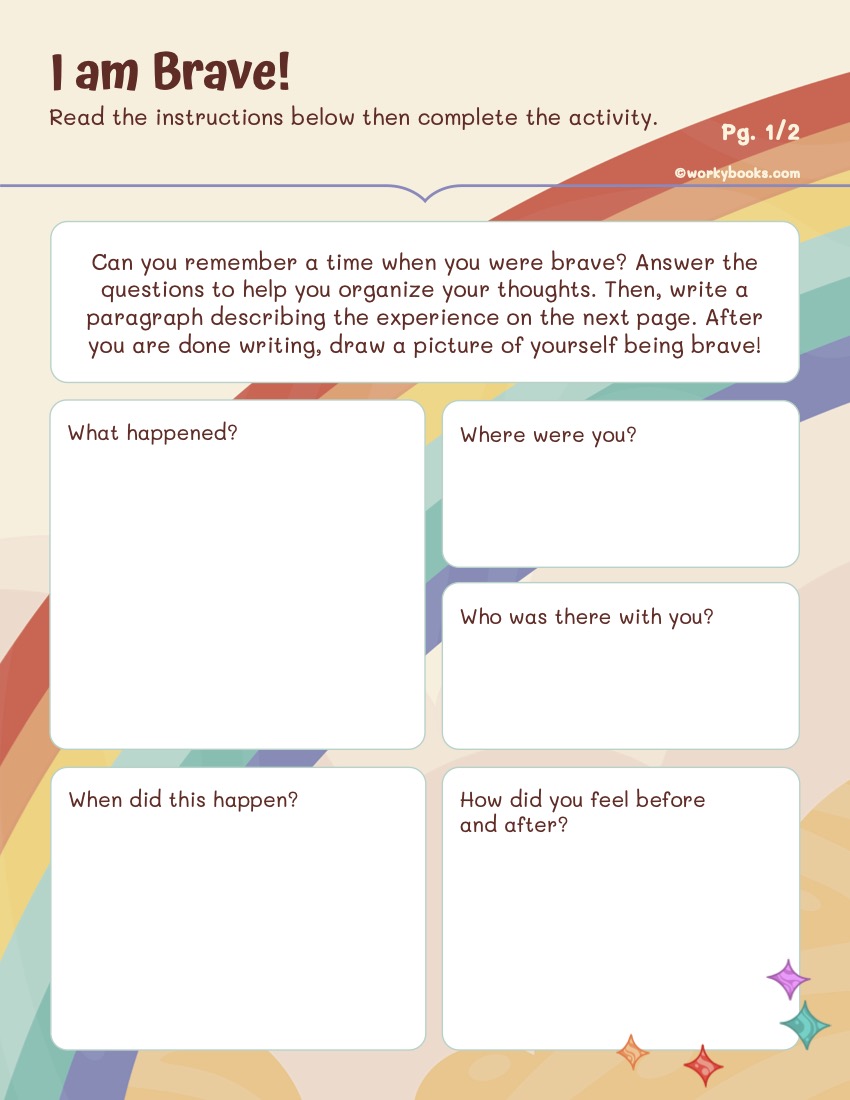
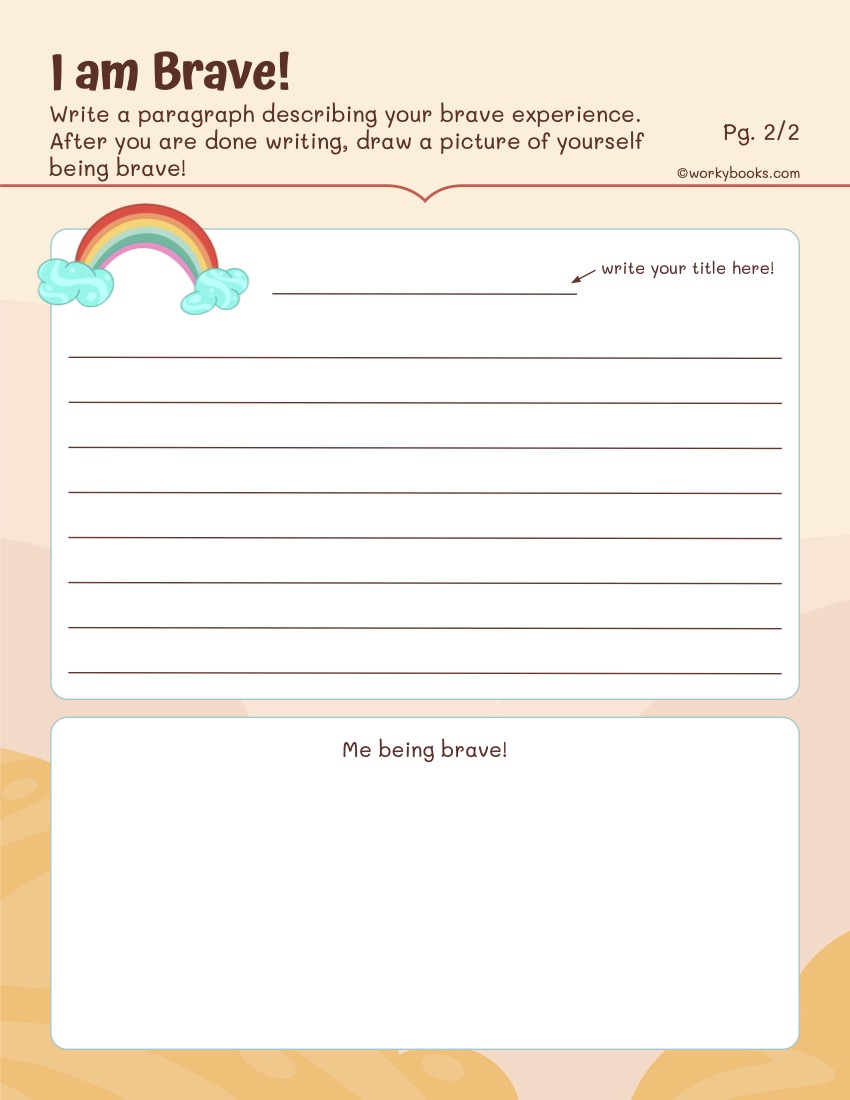
Keep expressing!
N.G.T
